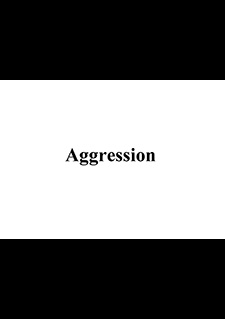Aggression: The First Half of the War 1939–1942
Long planned and prepared by Hitler to conquer “Lebensraum” or living space in the East, World War II began on September 1, 1939 when Germany invaded Poland. After swiftly winning its war against Poland, the Nazi regime continued its series of “Blitzkriegs” in northern and western Europe, achieved rapid successes and also defeated France in June of 1940.
Despite intense war propaganda, the populace in Germany initially tended to view the future with trepidation and skepticism. Many Germans still had clear memories of the catastrophic experiences of World War I. In order to prevent unrest, the Nazi government invested great effort in attempting to maintain a sense of normality in everyday life and assuring the supply of food and consumer goods.
This was possible only by systematically commandeering resources in occupied territories, which were exploited ruthlessly at the expense of the people living there. The supply policy and “normal” everyday life staged on the “home front” as well as the initial military successes soon swung the German people’s mood around.
Hitler found himself at the peak of his popularity after the victory over France in the summer of 1940. Only the reversal in the war against the Soviet Union – symbolized by the disastrous German defeat at Stalingrad in early 1943 – reawakened disenchantment and doubt about “final victory” in large segments of the population.
During the war, there was a strong push to radicalize persecution: Nearly 98% of all of the victims of National Socialist atrocities died between 1941 and 1945. The Gestapo stepped up its actions against “enemies” in the Reich and in the occupied territories. The “euthanasia” program of killing commenced when the war did. The war also established the conditions essential for murdering around six million European Jews who fell under Nazi Germany’s control through its military conquests.
War crimes, terror and persecution were thus no longer solely a German phenomenon. They took on a European dimension. Many who had fled from Germany to neighboring countries fell victim to National Socialist persecution a second time.

